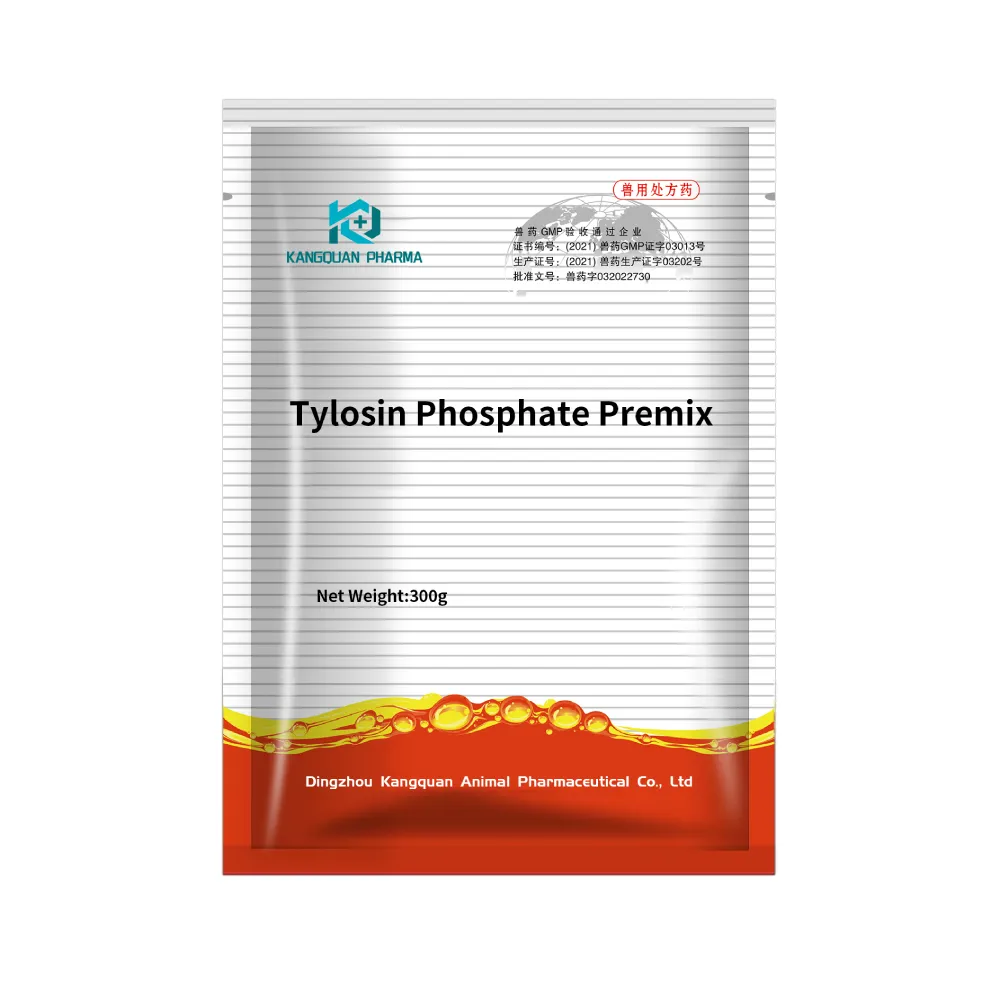- Afrikaans
- Albanian
- Amharic
- Arabic
- Armenian
- Azerbaijani
- Basque
- Belarusian
- Bengali
- Bosnian
- Bulgarian
- Catalan
- Cebuano
- Corsican
- Croatian
- Czech
- Danish
- Dutch
- English
- Esperanto
- Estonian
- Finnish
- French
- Frisian
- Galician
- Georgian
- German
- Greek
- Gujarati
- Haitian Creole
- hausa
- hawaiian
- Hebrew
- Hindi
- Miao
- Hungarian
- Icelandic
- igbo
- Indonesian
- irish
- Italian
- Japanese
- Javanese
- Kannada
- kazakh
- Khmer
- Rwandese
- Korean
- Kurdish
- Kyrgyz
- Lao
- Latin
- Latvian
- Lithuanian
- Luxembourgish
- Macedonian
- Malgashi
- Malay
- Malayalam
- Maltese
- Maori
- Marathi
- Mongolian
- Myanmar
- Nepali
- Norwegian
- Norwegian
- Occitan
- Pashto
- Persian
- Polish
- Portuguese
- Punjabi
- Romanian
- Russian
- Samoan
- Scottish Gaelic
- Serbian
- Sesotho
- Shona
- Sindhi
- Sinhala
- Slovak
- Slovenian
- Somali
- Spanish
- Sundanese
- Swahili
- Swedish
- Tagalog
- Tajik
- Tamil
- Tatar
- Telugu
- Thai
- Turkish
- Turkmen
- Ukrainian
- Urdu
- Uighur
- Uzbek
- Vietnamese
- Welsh
- Bantu
- Yiddish
- Yoruba
- Zulu
Ное . 16, 2024 08:11 Back to list
injectable ivermectin dose for goats
Injectable Ivermectin Dose for Goats A Comprehensive Guide
Ivermectin is a widely used antiparasitic drug in veterinary medicine, notable for its effectiveness against a variety of internal and external parasites. Goats, as livestock animals, often face parasitic challenges that can affect their health and productivity. Understanding the proper dosage and administration of injectable ivermectin is crucial for goat owners and veterinarians alike.
Understanding Ivermectin
Ivermectin is a member of the avermectin family of drugs, produced from a soil bacterium known as *Streptomyces avermitilis*. It works by binding to channels in the parasite's nervous system, causing paralysis and death. While it is highly effective against many parasites, it is imperative to use it correctly to prevent drug resistance and ensure the health and safety of the animals.
Benefits of Injectable Ivermectin
The injectable form of ivermectin offers several advantages over other forms, such as oral or topical applications. The primary benefits include
1. Rapid Absorption Injectable ivermectin is absorbed quickly into the bloodstream, providing swift relief from parasitic infestations. 2. Ease of Administration For goats that may resist oral dosing, injection can be a more straightforward and effective method of delivery. 3. Effective Against a Range of Parasites Injectable ivermectin can effectively target both ectoparasites (like mites and lice) and endoparasites (such as gastrointestinal worms).
Recommended Dosage for Goats
The recommended dosage of injectable ivermectin can vary based on the specific product used and the type of parasitic infestation being treated. However, a general guideline for goats is as follows
injectable ivermectin dose for goats

- Dosage The typical dosage is 200 micrograms per kilogram (µg/kg) of body weight. This translates approximately to 0.2 milliliters (ml) of a 1% ivermectin solution per 10 kilograms (kg) of body weight. It is crucial to accurately weigh the goats to ensure proper dosing and to avoid underdosing, which can lead to treatment failures and contribute to resistance, or overdosing, which can lead to toxicity.
Administration Technique
Injectable ivermectin should be administered subcutaneously, which is the most common route for vaccinating and treating goats. Here is a step-by-step guide on how to properly administer the injection
1. Preparation Start with clean equipment. Use a sterile syringe and needle suitable for the size of the goat. 2. Restrain the Goat Ensure the goat is securely restrained to prevent movement during the injection. 3. Select Injection Site The best sites for subcutaneous injections in goats are usually the loose skin on the back of the neck or behind the shoulder. 4. Administer the Injection Insert the needle at a 45-degree angle, aspirate the syringe to check for blood, and then slowly inject the solution. 5. Post-Injection Care Ensure the needle is discarded properly and monitor the goat for any adverse reactions after administration.
Precautions and Considerations
Before administering ivermectin, several precautions should be taken
- Consult a Veterinarian Always consult with a veterinarian before starting treatment, especially if there are signs of illness or concurrent medications being administered. - Withdrawal Times If the goats are intended for meat or milk production, adhere to the recommended withdrawal times for ivermectin to ensure no residues remain in the food products. - Monitor for Side Effects While rare, some goats may exhibit side effects such as lethargy, incoordination, or swelling at the injection site. Observing goats post-treatment is important.
Conclusion
Injectable ivermectin is a vital tool in the management of parasitic infections in goats. Understanding the dosage, administration techniques, and safety precautions is essential for effective use. By following these guidelines, goat owners can help maintain the health of their herd, ensuring productivity and overall well-being. Regular veterinary check-ups and integrated parasite management strategies will further enhance the effectiveness of ivermectin and sustain the health of goat populations.
-
Guide to Oxytetracycline Injection
NewsMar.27,2025
-
Guide to Colistin Sulphate
NewsMar.27,2025
-
Gentamicin Sulfate: Uses, Price, And Key Information
NewsMar.27,2025
-
Enrofloxacin Injection: Uses, Price, And Supplier Information
NewsMar.27,2025
-
Dexamethasone Sodium Phosphate Injection: Uses, Price, And Key Information
NewsMar.27,2025
-
Albendazole Tablet: Uses, Dosage, Cost, And Key Information
NewsMar.27,2025













